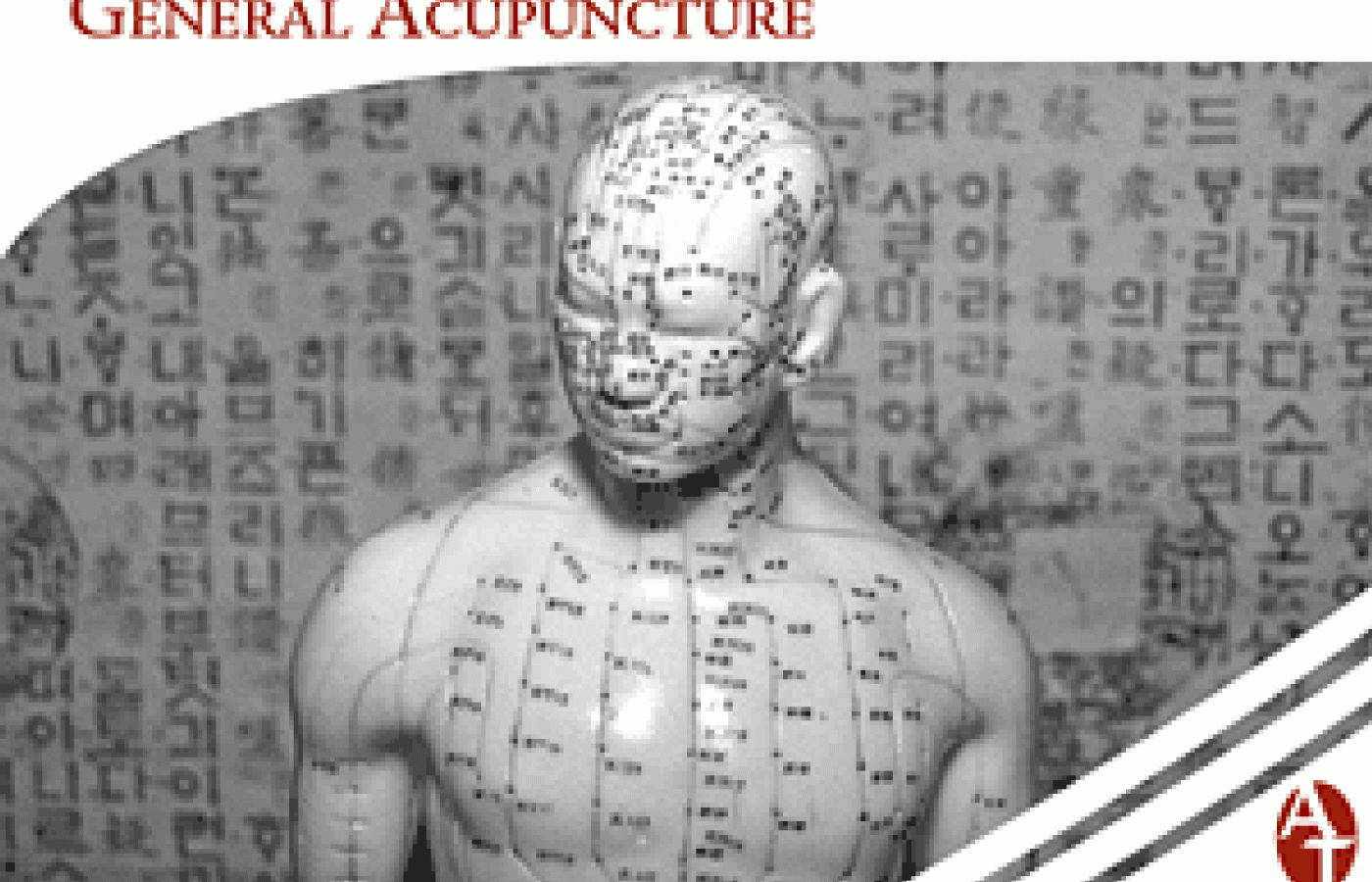Whether you accept it, avoid it or live somewhere in between, insurance coverage has become a defining issue for our profession. Patients increasingly expect to use their benefits, practitioners want to be compensated fairly for their time and expertise, and the system itself remains – at best – fragmented. The encouraging news is that coverage has expanded in meaningful ways. The challenging news is that reimbursement, across the board, remains inadequate.
CAM Improves Quality of Life With Cancer
Several studies have shown the value of complementary and alternative medicine (CAM) therapies in helping patients deal with the side effects of chemotherapy for cancer.1-7 Some of these side effects may include nausea, vomiting, loss of appetite, fatigue or insomnia. Now, a recent study from Sao Paulo, Brazil, has shown that visualization and acupuncture may be very beneficial in improving the quality of life for adult cancer patients following chemotherapy.8
Namie Okino Sawada, RN, PhD, and colleagues divided a group of 75 adult patients with cancer, who were starting chemotherapy, into two groups. The intervention group was to receive weekly relaxation/visualization exercises, along with acupuncture (38 patients). The other group was the control, which did not receive the intervention treatment (37 patients). Patients could select which group they wished to enter. All patients completed a global health/quality-of-life questionnaire.
The relaxation/visualization sessions lasted 15 minutes each, while the acupuncture sessions lasted 20 minutes each and were designed to treat symptoms of nausea and vomiting, loss of appetite and abdominal distension. Some of the selected points included PC6 (Nei Guan) for vomiting; E36 to control and balance qi; RM12 (Zhong Wan) to treat stomach ache, vomiting, indigestion, loss of appetite, pain and abdominal distension; RM17 (Shan Zhong or Tan Zhong) for anxiety; and F2 (Xing Jian) for insomnia. The relaxation/visualization session consisted of guided images of calmness and serenity, allowing the patient to visualize their bodies as healthy and strong.
Researchers found that at the end of the study (approximately six weeks), the participants in the intervention group reported significantly increased global health/quality-of-life scores as well as emotional and social functions. Participants in the intervention group reported a decrease in fatigue, nausea and vomiting, pain, insomnia, loss of appetite, constipation and diarrhea. Participants in the control group also reported significant improvements in global health/quality-of-life scores. However, they also reported increases in symptoms such as fatigue, nausea and vomiting, pain, insomnia, and diarrhea. They concluded, "Relaxation with visualization and acupuncture influenced the improvement in QoL of the IG participants."
References
- Price S, Lewith G, Thomas K. Acupuncture care for breast cancer patients during chemotherapy: a feasibility study. Integr Cancer Ther 2006;5:308-14.
- Sawada NO, Nicolussi AC, Okino L, et al. Quality of life evaluation in cancer patients to submitted to chemotherapy. Rev Esc Enferm USP 2009;43(3):578-84.
- Mannix LK, Rohit S, Chandurkar BA, et al. Effect of guided imagery on quality of life for patients with chronic tension type headache. Headache 1999;39:326-34.
- Pan CX, Marrison S, Fugh-Berman A, Leipizig RM. Complementary and alternative medicine in the management of pain, dyspnea, and nausea and vomiting near the end of life: a systematic review. J Pain Symptom Manage 2000;20(5):374-87.
- Burish TG, Snyder SL, Jekins RA. Preparing patients for cancer chemo-therapy: effects of coping preparation and relaxation interventions. J Consult Clin Psychol 1991;59:518-25.
- Burish TG, Jekins RA. Effectiveness of biofeedback and relaxation training in reducing the side effects of cancer chemotherapy. Health Psychol 1992;11:17-23.
- Kolcaba K, Fox C. The effects of guided imagery on comfort of women with early stage breast cancer undergoing radiation therapy. Oncol Nurs Forum 1992;26:67-72.
- Sawada NO, Zago MM, Galvão CM, et al. The outcomes of visualization and acupuncture on the quality of life of adult cancer patients receiving chemotherapy. Cancer Nurs 2010 Sep-Oct;33(5):E21-8.



